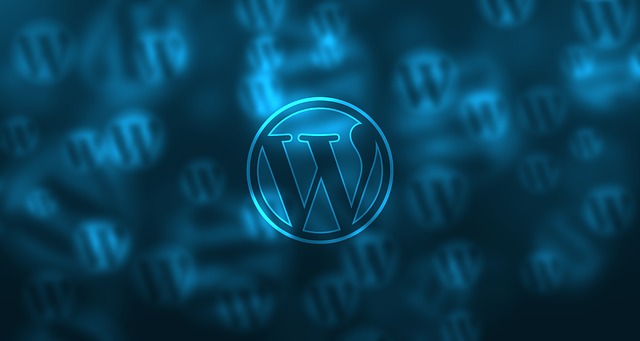Not always, but it definitely can. When you upgrade your version of WordPress, you are effectively taking on all new code that needs to work with your plugins and themes. Any new PHP code introduced in the core of WordPress may need to be revised with how a plugin is implemented. Also, any schema changes in the database may cause plugins to fail.
The ability of plugins to work with WordPress is up to the plugin developer. If the plugin developer is up to date and testing their plugin with beta releases of WordPress, then you should be OK to update (we’ll talk about this further).
Developers can find beta releases of WordPress here
Isn’t WordPress backwards compatible?
WordPress doesn’t preserve backward compatibility but aims to reduce the surface area affected by any non-backwards compatible code they introduce. You can find a lot of good information about how WordPress deals with backwards compatibility here.
Any changes to the APIs are noted in the dev notes, so any developers working in the WordPress ecosystem should have enough time to update their plugins and themes before the release of any new WordPress version.
How to protect your site before upgrading?
As discussed, you need to ensure that your themes and plugins are compatible with the WordPress version you are updating to. If the theme you used was a free theme that you installed through the WordPress dashboard, you could find information about this theme and the versions of WordPress it has been tested against on the WordPress org website.
Taking the theme Twenty Twenty-Two as an example, you can find information about this theme here. If you look at the right-hand side panel:
You can see what version of WordPress and PHP the theme is compatible with.
If you are using a theme that you’ve purchased elsewhere, you will need to check with the developer via their website or contact details to determine if the theme is compatible with the new version of WordPress.
For plugins, you can determine compatibility in much the same way that you would when checking theme compatibility. If the plugin is installed via the admin dashboard, then you can find details about the plugin on the WordPress org website.
Using Contact Form 7 as an example, you can find the plugin information here. Looking at the panel on the right-hand side of the page, you can gather some technical information, including the version of WordPress that the plugin has been tested up until.
In this case, Contact Form 7 has been tested up to version 6.1.1, so as a WordPress developer, you could use this information to ensure your site won’t break when updating WordPress.
How to take a backup of my site?
The most foolproof way of protecting your site when updating WordPress versions is to back up your site. This can be done in several ways and will change depending on how you host your site.
If you have access to your web server (and database server) you can manually perform backups and save these to another device. This could be by manually transferring your files or automating a solution to perform this as a cron job.
If you don’t have access to the server, then you are probably being hosted by a provider who will offer backups as a service. In these instances, you just need to check the box to set up backups and pay the monthly fee to store the backup.
Bluehost, a popular (and recommended by WordPress) hosting service, offers plans to back up your site. Using JetPack and CodeGuard, you can easily set up a backup plan that can be managed directly from the Bluehost panel.
Provided you have a daily backup, you should be OK. In a catastrophic failure of your site, restoring up to midnight (or some other arbitrary time) will be much better than losing your site entirely.
It is important to note that any WordPress site has two basic components. The files on the web server are loaded when users visit your page and the database containing all the data for your site. If your backup solution backs up the database and these files, you should retain all of your websites. The caveat is if you also store images on a cloud service or if you’ve implemented APIs and other databases elsewhere. In this situation, you will also have to determine the best strategy to back up these files.
Conclusion
Updating WordPress (or themes and plugins) requires some forethought to ensure you don’t bring your whole site down. The most important way to minimise risk is to update each plugin one by one after checking the compatibility of the plugin with the new version of WordPress. The same advice holds when updating themes.
The easiest way to protect your site is to ensure a working backup system is in place. With this, you could avoid ending up in a bad situation that will take a lot of work to recover from, as opposed to clicking a backup date and restoring your site.

